Indiana is the first state to discover an invasive deadly ant
Indiana is the first state to discover an invasive deadly ant
Updated on March 18, 2022 13:08 PM by Anna P
First discovered in the 1930s
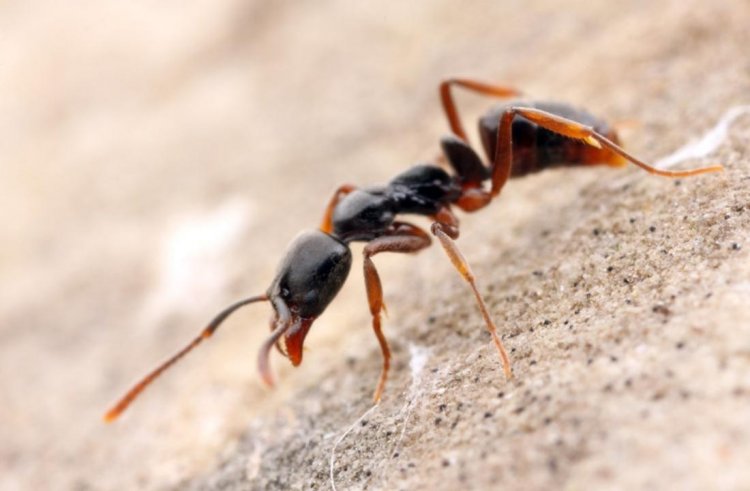
The Asian needle ant originated in Asia and was first found in the United States in the 1930s. Since then, the species has slowly expanded across the United States. North Carolina, Alabama, Florida, Georgia, Virginia, Connecticut, Tennessee, and New York are currently home to them.
Indianapolis Star said
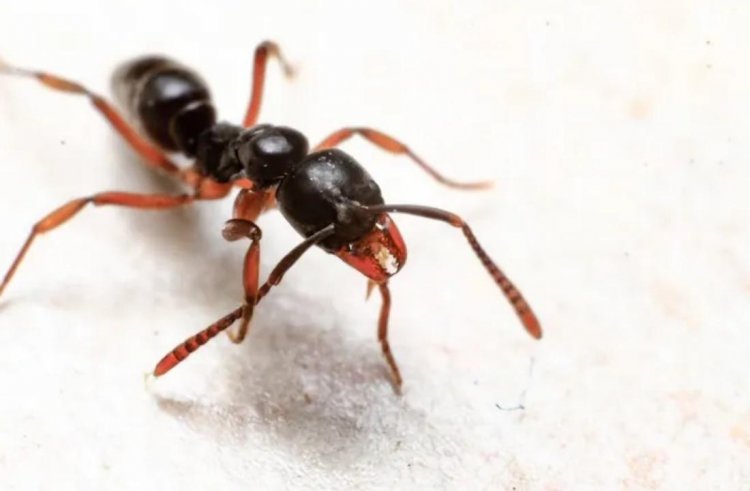
However, The Indianapolis Star stated that an invasive species had been found in the Evansville region for the first time in Indiana. And it has the potential to kill certain people. The Indianapolis Star said that stings from this ant usually "hurt like crazy," according to Timothy Gibb, an entomologist at Purdue University.
Add Block
Also, he added
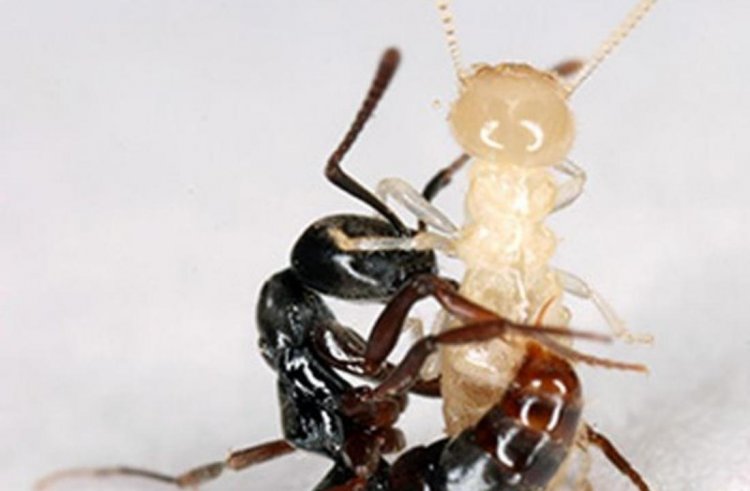
Those allergic to insect stings from bees or wasps, on the other hand, should take an EpiPen, an auto-injectable device that provides epinephrine, with them to protect themselves against the ant, according to Gibb. According to North Carolina State University, a sting from an Asian needle ant is more likely to produce an allergic reaction than the venom from a honey bee sting.
First and with a stinger and venom sac
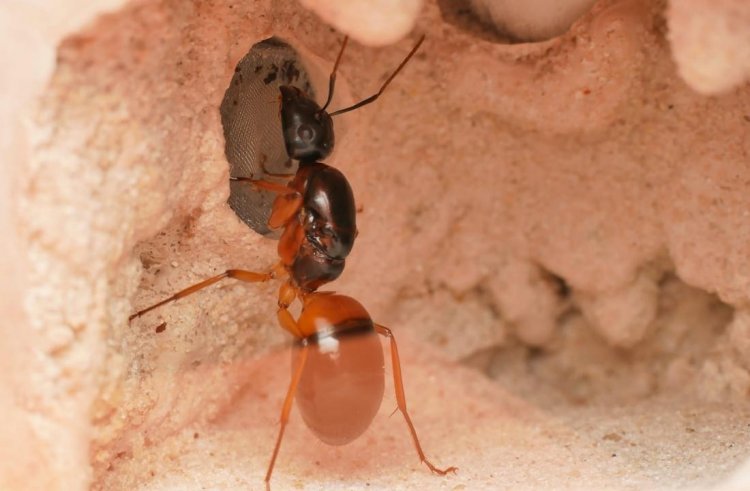
According to Gibb, it's the first ant with a stinger and venom sac to be discovered in Indiana. In Indiana, there are now six additional ant species. He told The Indianapolis Star, "Other ants will bite, but this is really new." When a species flourishes in an environment where it is not native and has the potential to destroy ecosystems, it is considered invasive.
Add Block
Asian needle ants' colonies aren't large
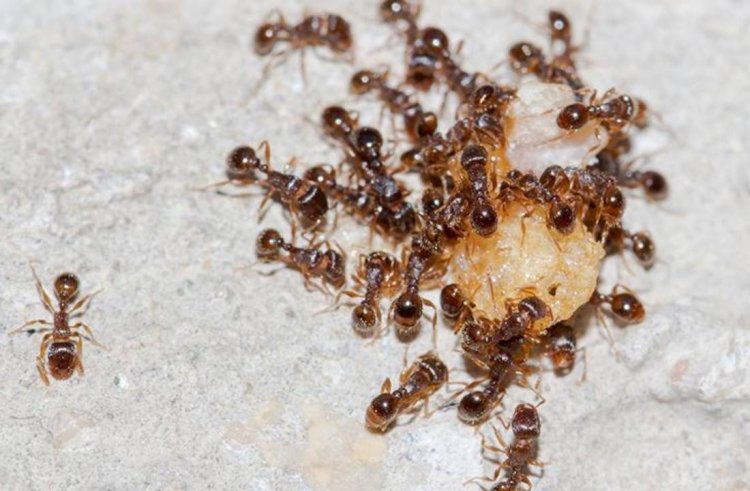
While Asian needle ants' colonies aren't as huge as some other ant species, they can dwell almost everywhere, allowing them to thrive in various situations. They can either reside in forested places, nesting under rocks and leaves, or in urban areas. They've been discovered nesting in plant pots and under doormats. The food of the ant species is likewise varied. It eats termites, although it will also consume ants and human waste.
Gibb said
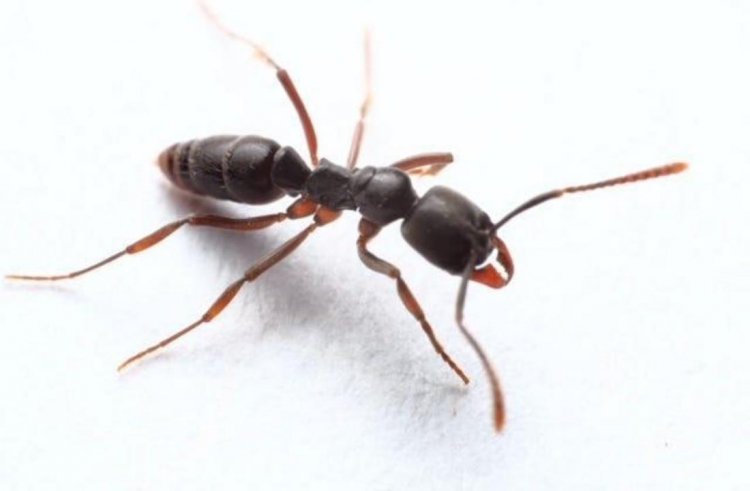
"It also increases the probability of it moving with people, hitchhiking," he said. According to Gibb, people in the state need not be alarmed, but they should be informed of the threats the ant will bring. Even though it is deadly to some, North Carolina State University claims that this ant causes the most damage to the ecosystems it invades.





